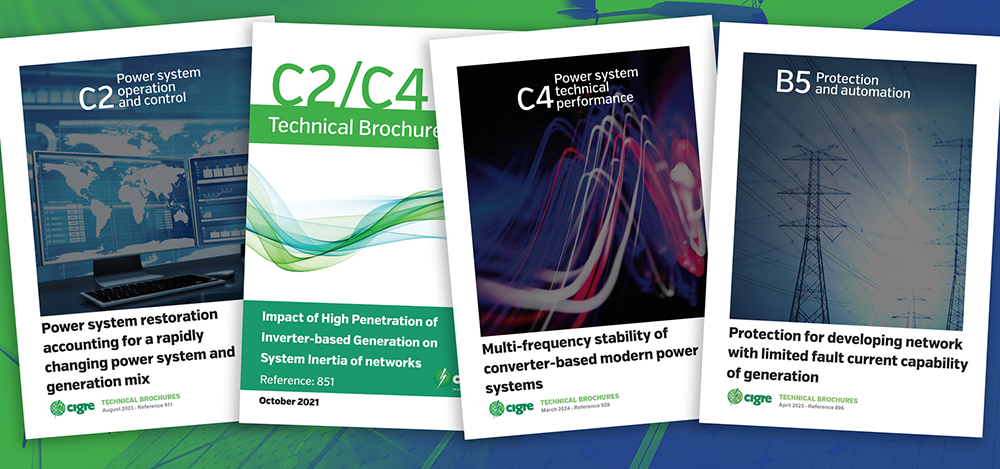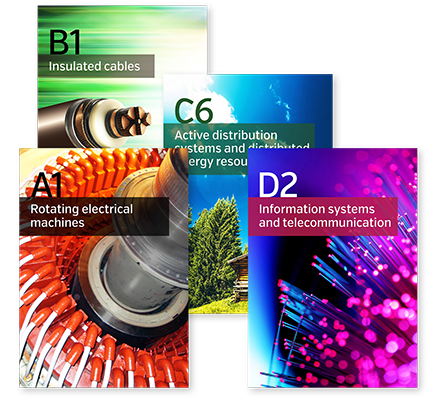To follow is a list of the areas of scope relating to solar PV and wind grouped by each of our relevant global Study Committees.
SC A1 Power generation and electromechanical energy conversion
• Wind turbines, non -PV solar, tidal, biomass, and geothermal generation schemes
SC A2 Power transformers and reactors
• Innovative transformer design for Wind and Solar applications
• Reliability survey of transformers used in wind and solar farms
SC A3 Transmission and distribution equipment
• Impact of Renewables (overload, stresses) on T&D equipment
SC B1 Insulated cables
• Cable systems are key components in delivering electricity from wind&solar plants in general.
• Submarine cables enables the installation of large wind farms offshore.
• Cables are used as interconnectors between countries to allow for a broader energy mix (solar&wind with hydroelectric).
SC B2 Overhead lines
• Transit capacity of overhead lines to connect wind and solar farms to the grid
• Interconnection Overhead Lines and Cables.
SC B3 Substations and electrical installations
• New substation design concepts and new functions
SC B4 DC systems and power electronics
• Inverter technologies
SC B5 Protection and automation
• Protection, automation and control of networks connected to renewable energy resources
• New Network Requirements
• Design, engineering, monitoring and performance of protective relay based power system
SC C1 Power system development and economics
• Forecast, observability, controllability in micro and mini distributed generation (MMDG), aggregators
SC C2 Power system operation and control
• Forecast, observability, controllability, inertia, micro and mini distributed generation (MMDG), aggregators, huge offshore wind generation plants
SC C3 Power system sustainability and environmental performance
• Stakeholders’ engagement and public acceptance
SC C4 Power system technical performance
• Modelling and Dynamic Analysis of grid-following and grid-forming converters
• Offshore wind and energy islands performance
• Lightning protection of PV systems and wind farms
SC C5 Electricity markets and regulation
• Integration into markets, dispatch and pricing
• Regulatory aspects of network access
SC D1 Materials and emerging test techniques
• Impact of invertors on material ageing
SC D2 Information systems, telecommunications and cybersecurity
• Telecommunications and cybersecurity requirements between wind and solar generators to the utility



